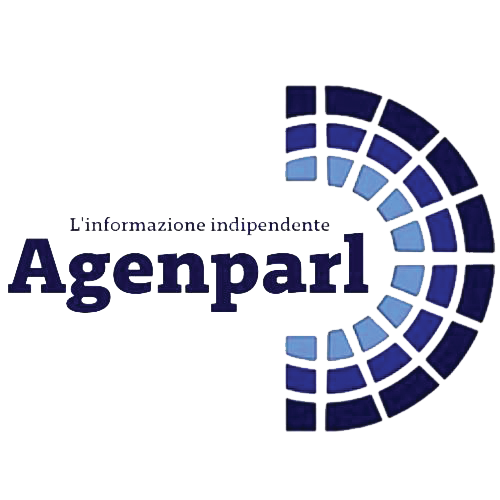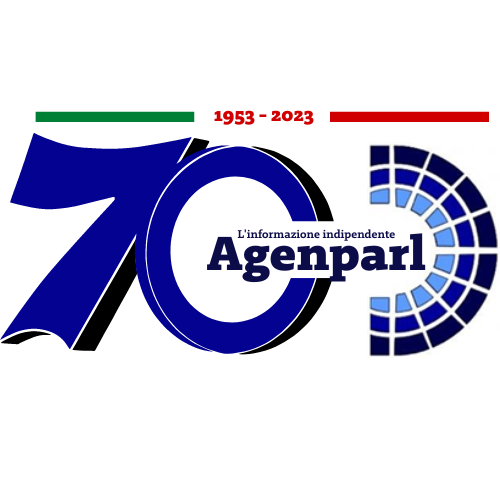 (AGENPARL) - Roma, 31 Luglio 2025
(AGENPARL) - Roma, 31 Luglio 2025(AGENPARL) – Thu 31 July 2025 PressReleaseFinal3.jpg
INTERNATIONAL ATOMIC ENERGY AGENCY
31 July 2025
Nuclear Science and Nuclear Security Infrastructure to Protect Rare Rhinos: IAEA-Supported Project Marks a Milestone
press release pix small.png
In a pioneering effort to combat wildlife trafficking of the threatened rhinoceros, a South African University today began implementing a project supported by the International Atomic Energy Agency (IAEA). The project combines the safe insertion of radioactive isotopes into rhino horns and available nuclear security infrastructure to deter and detect illegal poaching.
With over 10,000 rhinos lost to poaching in the past decade, South Africa – home to the world’s largest population of rhinos – remains a target for criminals driven by the illegal trade of rhino horn. In the first quarter of 2025 alone, the South African Ministry of Forestry, Fisheries and the Environment reported 103 rhinos poached. In response, this project run by the University of the Witwatersrand is using radiation to support conservation and enforcement efforts.
After two years of initial tests, the Rhisotope Project was created in 2021 with the idea to tag rhino horns with radioactive material. This makes the horns detectable by radiation portal monitors (RPMs) already deployed at borders, ports and airports worldwide. These RPMs, commonly used to detect nuclear and other radioactive material, can now be harnessed against wildlife crime.
The IAEA’s support to the Rhisotope Project leverages its central role in strengthening the global nuclear security framework. With millions of vehicles and people crossing borders every day, the use of an estimated 10,000 RPMs worldwide has become a critical tool for detecting unauthorized transboundary movements of nuclear and other radioactive material.
“The Rhisotope Project shows how nuclear science and nuclear security infrastructure can be used in new ways to address global challenges,” said IAEA Director General Rafael Mariano Grossi. “The IAEA is supporting countries to maximize the benefits of nuclear. By using already installed nuclear security infrastructure in novel ways, we can help protect one of the world’s most iconic and endangered species.”
At an event today in the Waterberg, Limpopo, about 250 kilometres north of Johannesburg, the University of Witwatersrand announced the results of the rigorous safety assessments conducted during the pilot phase of the project. In June last year, radioisotopes were inserted into 20 rhinos. Health monitoring and cytological examinations of 15 treated animals and a comparison of five animals not treated were conducted by Ghent University in Belgium. The test results proved that the method is non-invasive and does not pose a risk to the rhinos’ health.
“This has been an international collaboration of likeminded individuals who are trying to make a real difference to this poaching crisis,” said James Larkin, Director, Radiation and Health Physics Unit at the University of the Witwatersrand. “We started with the question – what if radiation could protect rather than harm, by turning rhino horns into traceable markers that stop poachers before they trade? After two years of digital modelling, safety testing and detection simulations, we’re ready to roll out a solution that could truly reduce rhino poaching.”
The success of project also opens the door for future applications to other endangered species.
“The methodology could be adapted to protect other endangered species like elephants or pangolins,” said Larkin.
“The Rhisotope project brings the entire global nuclear security network into play,” said Elena Buglova, Director of the IAEA Division of Nuclear Security. “The nuclear security infrastructure that exists in many countries around the world to detect smuggling of nuclear and other radioactive material can be used to pick up the trafficking of rhino horn, and any other contraband that might be carried alongside it. Committing to nuclear security pays off in multiple ways.”
Follow IAEA on:
Related Resources
About the IAEA
The International Atomic Energy Agency (IAEA) serves as the world’s foremost intergovernmental forum for scientific and technical co-operation in the peaceful use of nuclear technology. Established as an autonomous organization under the United Nations (UN) in 1957, the IAEA carries out programmes to maximize the useful contribution of nuclear technology to society while verifying its peaceful use.
IAEA | Media, Multimedia & Public Outreach Section
Office of Public Information and Communication
______________________
IAEA VIENNA, Wagramer Strasse 5 P.O. Box 100, VIENNA, NA NA Austria
